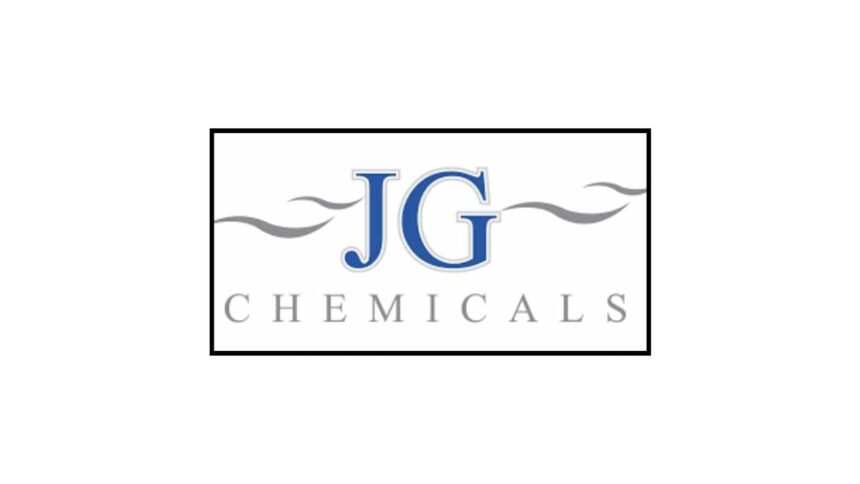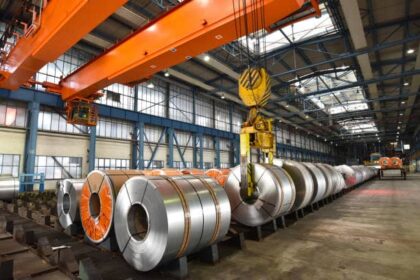JG Chemicals IPO – JG Chemicals Limited, established in 1975, is a leading manufacturer of zinc oxide with a diverse portfolio comprising over 80 grades catering to both Indian and international markets. Its products find applications across various industries such as rubber (including tires and other rubber products), ceramics, paints and coatings, pharmaceuticals and cosmetics, electronics and batteries, agrochemicals and fertilizers, specialty chemicals, lubricants, oil and gas, and animal feed.
As of December 31, 2023, the company boasts an aggregate installed capacity of 77,040 metric tonnes per annum (MTPA) spread across three manufacturing facilities located in Jangalpur (Kolkata, West Bengal), Belur (Kolkata, West Bengal), and Naidupeta (Nellore District, Andhra Pradesh). These facilities are accredited with ISO 9001:2015, ISO 45001:2018, and ISO 14001:2015 certifications.
Under the leadership of Managing Director Mr. Anirudh Jhunjhunwala, JG Chemicals Limited continues to thrive as a subsidiary of its parent organization.
| ipo Date | Min. Investment | Lot Size | Price Range | Issue Size | IPO Doc |
|---|---|---|---|---|---|
| 5 Mar 2024 – 7 Mar 2024 | ₹14,070 | 67 | ₹210 – ₹221 | 251.19 Cr | View |
JG Chemicals IPO timeline:
| Gopal Snacks IPO | Date |
|---|---|
| IPO Offer Start | 5 March 2024 |
| IPO Offer Ends | 7 March 2024 |
| Allotment Finalisation | 11 March 2024 |
| Refund Initialisation | 12 March 2024 |
| Share Transfer to Demat | 12 March 2024 |
| Date of Listing | 13 March 2024 |
| Lot Size | 67 |
Financial Performance Overview
The financial performance of JG Chemicals’ IPO showed a steady increase in revenue, total assets, and profit (PAT) from 2021 to 2023, with revenues growing from 435 to 785, total assets from 210 to 298, and profit from 28.80 to 56.79.
| Year | Revenue | Total Assets | Profit (PAT) |
|---|---|---|---|
| 2021 | 435 | 210 | 28.80 |
| 2022 | 613 | 264 | 43.13 |
| 2023 | 785 | 298 | 56.79 |
Strengths and Risks of JG Chemicals IPO
Strengths of JG Chemicals IPO:
- Diverse Production Capacities: JG Chemicals boasts an installed capacity of 59,904 MTPA for zinc oxide, 7,056 MTPA for zinc ingots, and 10,080 MTPA for zinc sulphate and allied chemicals. Additionally, the recent capacity enhancement at the Naidupeta Facility further strengthens its production capabilities.
- Wide Product Range: With over 80 grades of zinc oxide catering to various industries, the company demonstrates versatility and adaptability in meeting market demands.
- Consistent Revenue Growth: The company has showcased steady revenue growth, reporting Rs. 435.30 cr, Rs. 612.83 cr, and Rs. 784.58 cr in FY 2021, 2022, and 2023 respectively.
- Strong Customer Base: Serving over 250 customers in the last three fiscal years, with around 90% being repeat customers, JG Chemicals exhibits a loyal and expanding clientele.
- Modern Manufacturing Processes: Utilizing the French process and employing modern technologies like pulse jet bag filters and combustion systems, the company ensures higher productivity, energy efficiency, and compliance with environmental regulations.
Risks of JG Chemicals IPO:
- Overreliance on Zinc Oxide Sales: The company’s business heavily depends on the sale of zinc oxide, constituting a significant portion of its total income. Any decline in demand for zinc oxide could negatively impact financial performance.
- Dependency on Subsidiary: JG Chemicals’ business is significantly reliant on the performance of its material subsidiary, BDJ Oxides Private Limited. Poor performance from the subsidiary may adversely affect overall business and financial health.
- Concentrated Customer Base: A substantial part of revenue comes from select customers, with the top 10 customers contributing a significant portion. Dependency on few clients poses a risk in case of customer dissatisfaction or loss.
- Raw Material Procurement Challenges: The company heavily relies on procuring raw materials from overseas suppliers without long-term agreements. Any cost increase or shortage in availability may disrupt operations and financial performance.
- Legal and Compliance Risks: Pending litigations and potential adverse decisions could result in liabilities, penalties, and negative effects on business, operations, and financial condition. Additionally, stringent quality requirements and the risk of non-compliance with standards pose challenges and potential order cancellations.







